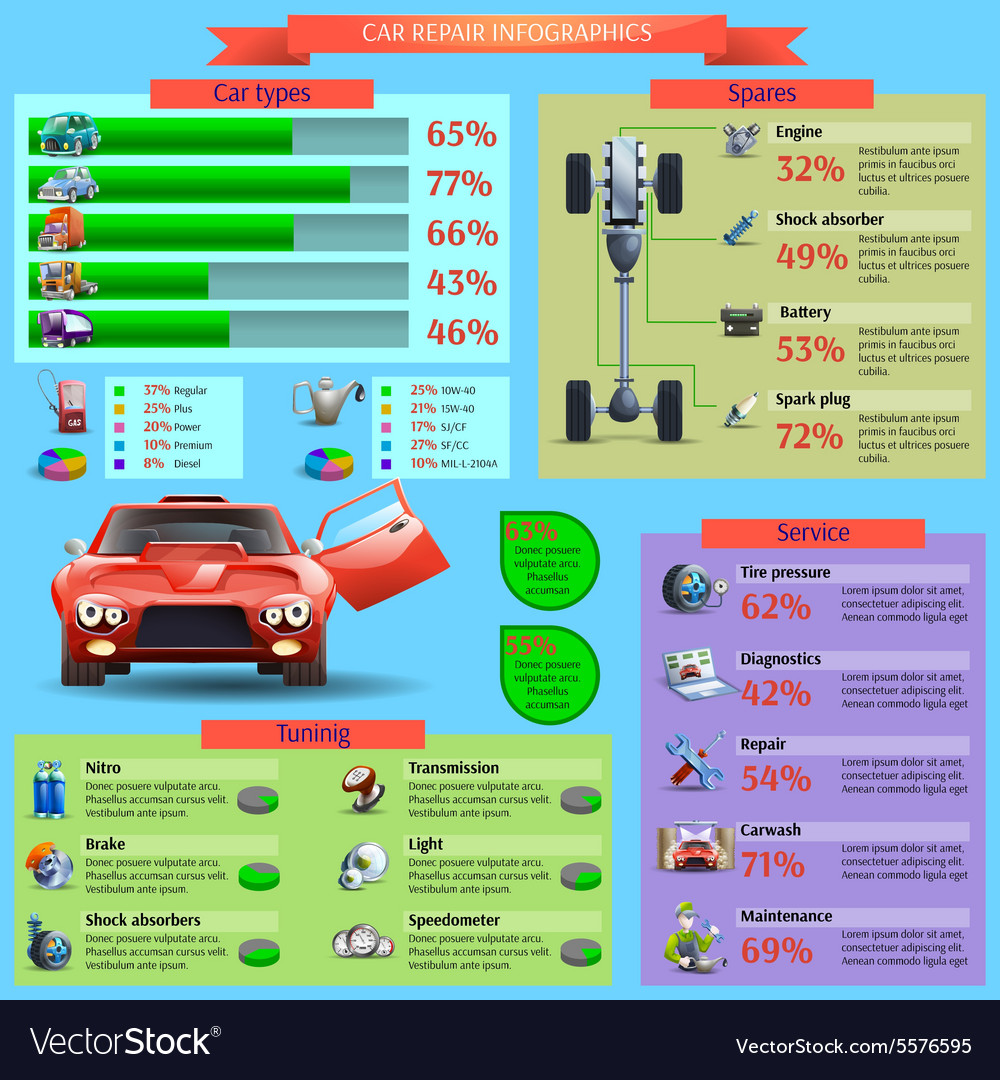Intrigued In Understanding The Caution Lights On Your Cars And Truck'S Dashboard? Discover Their Importance For Your Vehicle'S Safety And Security And Total Condition
Intrigued In Understanding The Caution Lights On Your Cars And Truck'S Dashboard? Discover Their Importance For Your Vehicle'S Safety And Security And Total Condition
Blog Article
Content Writer-Lauritsen Forbes
When you're behind the wheel, those glowing warning lights on your control panel can be a bit complicated. Do you recognize what they're attempting to inform you regarding your vehicle's health? Understanding the significance of these lights is crucial for your safety and the long life of your vehicle. So, the following time among those lights appears, would not you wish to understand its message accurately and take the essential steps to resolve it?
Common Caution Lights and Interpretations
Determine usual warning lights in your cars and truck and recognize their meanings to ensure safe driving.
The most common caution lights include the check engine light, which signifies concerns with the engine or emissions system. If this light begins, it's essential to have your lorry examined promptly.
The oil pressure warning light suggests reduced oil stress, needing instant attention to prevent engine damages.
A blinking battery light could recommend a damaged charging system, possibly leaving you stranded if not attended to.
The tire stress surveillance system (TPMS) light signals you to low tire stress, impacting lorry stability and fuel performance. Overlooking this can lead to harmful driving problems.
The abdominal muscle light indicates a problem with the anti-lock braking system, endangering your ability to stop quickly in emergency situations.
Last but not least, the coolant temperature level cautioning light warns of engine getting too hot, which can lead to extreme damage otherwise dealt with swiftly.
Understanding these usual caution lights will certainly aid you deal with concerns quickly and keep risk-free driving problems.
Relevance of Prompt Focus
Comprehending the common caution lights in your auto is just the first step; the importance of quickly addressing these cautions can not be stressed enough to ensure your safety on the road.
When https://speedwaymedia.com/2022/07/21/a-guide-to-getting-the-best-auto-repair-agency-for-your-car-servicing/ illuminates on your dashboard, it's your automobile's way of connecting a possible problem that needs interest. Overlooking these warnings can result in much more serious troubles later on, endangering your security and possibly costing you a lot more in repairs.
Prompt focus to alerting lights can prevent malfunctions and crashes. As an example, a flashing check engine light could suggest a misfire that, if left unattended, might trigger damages to the catalytic converter. Resolving this without delay can save you from an expensive repair work.
In car restoration , a brake system alerting light might indicate reduced brake fluid or worn brake pads, important parts for your safety and security when driving.
Do It Yourself Troubleshooting Tips
If you observe a caution light on your dashboard, there are a few do it yourself fixing pointers you can try before seeking professional help.
The initial step is to consult your cars and truck's manual to understand what the certain caution light indicates. In some cases the concern can be as straightforward as a loose gas cap causing the check engine light. Tightening up the gas cap may solve the problem.
Another common problem is a reduced battery, which can activate numerous alerting lights. Examining the battery connections for rust and ensuring they're secure could deal with the trouble.
If a warning light continues, you can try resetting it by separating the vehicle's battery for a few mins and then reconnecting it. Additionally, checking premier auto detailing , such as oil, coolant, and brake fluid, can aid repair cautioning lights connected to these systems.
Final thought
To conclude, understanding your vehicle's warning lights is important for maintaining your vehicle running efficiently and safely. By quickly addressing these alerts and recognizing what they mean, you can avoid expensive fixings and potential break downs.
Bear in mind to consult your cars and truck's manual for specific details on each cautioning light and take action accordingly to guarantee a trouble-free driving experience.
Remain informed, remain risk-free on the road!
